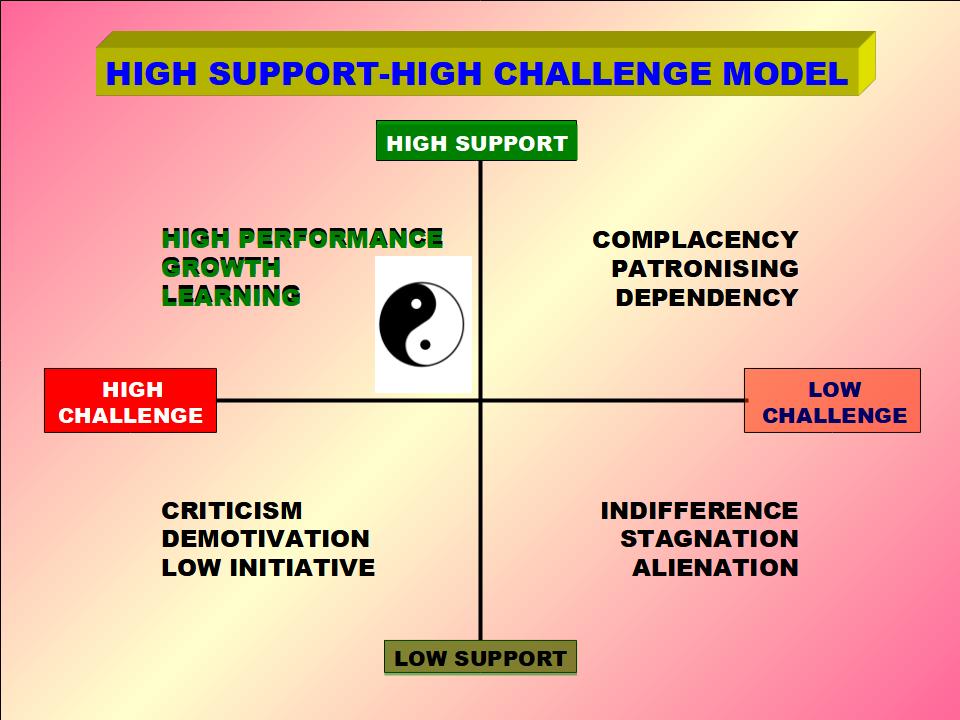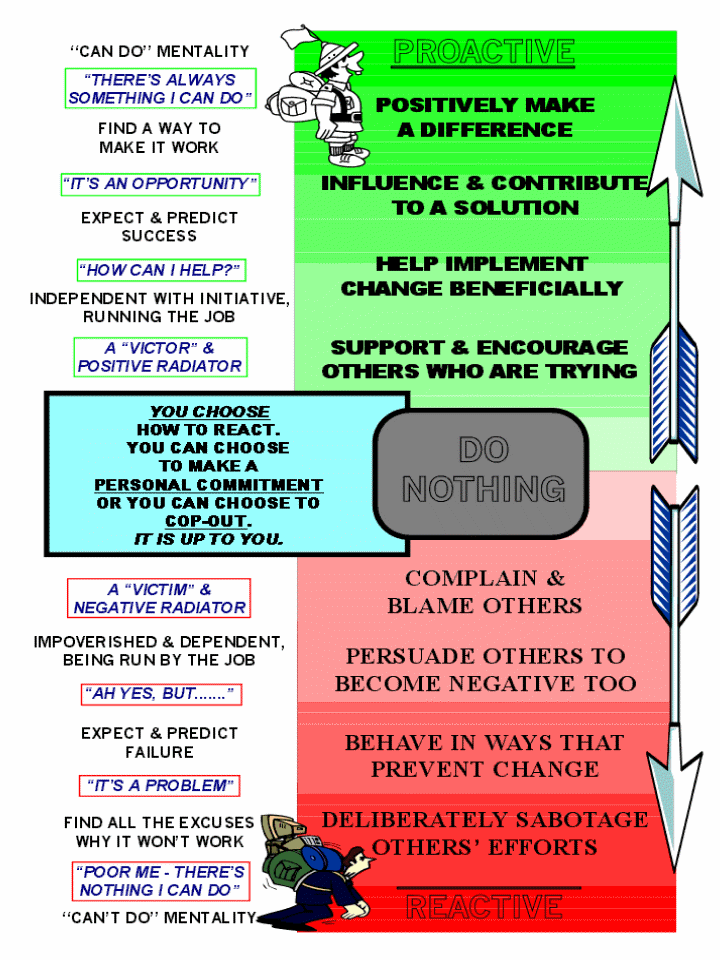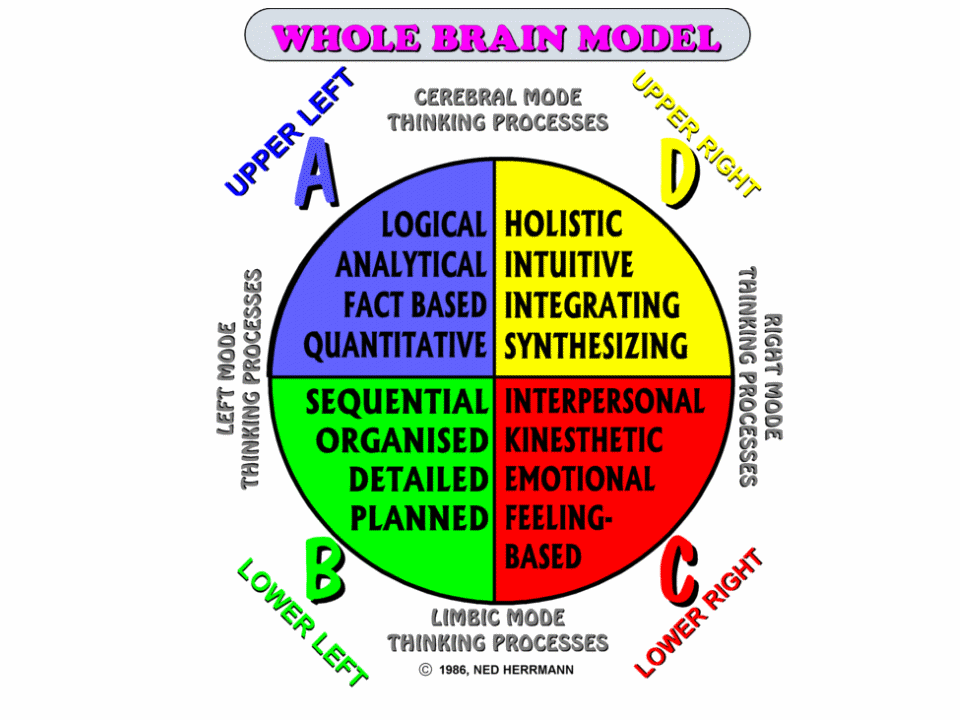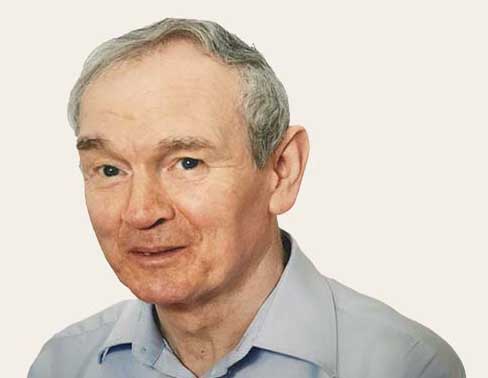to help themselves,
to release and realise more of their potential
Dennis Martin Consultants
Contact us and see how we can work together and create a path to the future that you, your people and your business deserve.
- home index page
- what is a-mentor
- What is a Mentor? BRIEF
What is a Mentor Brief?
What is a Mentor?
A mentor is an unselfish person with a clear and fundamental purpose which is to do the right things to help a mentee(s) learn how to help himself or herself release and realise more of his or her potential (our definition ref. Dennis Martin)
Although the purpose above is constant, the mentor's role has to be complex and ever changing in order to achieve that purpose.
As we said in Lubrizol on a recruitment leaflet for FULL-TIME mentors:
'This role is not “a job” in the usual meaning of that word'.
Why do I say being a Mentor is not a 'job' in the way that word is usually used?
Because
a mentor is
involved in the complex
adaptive system
that is a mentee(s) as
well as being
a complex
adaptive system herself or himself.
For a more detailed explanation click the link above to go to our Complex Adaptive Systems page. It it well worth a visit.
And as the mentee(s) changes, fluctuates, resonates, flows along, or stops cooperating, often on a random whim, so must the mentor adapt in an unshockable, calming, reassuring, helping the mentee to learn, high support-high challenge and selfless manner.
A static, tick-box style job description will not do justice to the role or its demands on the mentor and is likely to be inaccurate in trying to describe in a static document the realities of doing it.
In this page we have deliberately avoided a tick-box, all inclusive attempt at a job description because such a document can be misleading, incomplete and 'legitimises' what isn't included in it.
Instead, we have concentrated on priorities for key performance results, but even so there is a lot involved in the Mentor's role, as you will see.
Out of all that is described here on this page, what would I say are the three key priorities your Mentor(s) must achieve?:
I would say, generally speaking:
1. develop and sustain the six crucial mentoring conditions set out below the High Support High Challenge Model further down this page. In particular, believe in yourself, your mentee(s) and the mentoring process you will be leading
2. become an adaptable 'juggler' re the six variables listed immediately below and have a lot of fun in doing it
3. be proactive and take initiative in creating and supporting every learning situation that helps the mentee(s) to develop more of their potential and be equally inspiring in challenging every situation that does or might do the opposite.
What is a Mentor?
A mentor is someone who will enjoy functioning
effectively, and learning from the mentoring
process, with at least 6 variables comprising (in no
priority order):
* the external environment realities in which the mentee(s) works
* the mentee's internal environment realities in which she or he lives in his or her mind, emotions and body
* the timeline of the mentee's past, present and future and how that may help or hinder the mentee(s) performance and realised potential
* the whole brain thinking model and its uses in dealing with complex adaptive systems, effective positive learning and honest giving and receiving feedback
* the role of being 'a captain of a ship' or airplane and the appropriate leadership this needs from the mentor
* the self awareness involved in his or her own wellbeing, satisfaction and growth in the process
I should have said, '7 variables', really because the seventh variable is the unpredictable and unknowable interactions that may occur between the other six and, at times, may have more significance than any or all of the others.
1. The external environment:
The mentor cannot ignore the external working environment as it will exert major influence on the mentee both in the present and the future.
And the mentee may have learned and / or been conditioned in the past into thinking and behavioural patterns which may hinder his or her future potential.
Frequently, mentees will bring issues from their external environment, and / or with people occupying it, such as their Leader, to their Mentor for guidance.
These issues create great opportunities for the mentor to help the mentee(s) to help themselves to release and realise more of their potential.
Our What is a Mentor Brief working definition of potential is: unrealised possibilities and 'impossibilities'.
On the other hand, the external working environment may have had / is having very helpful positive effects on the mentee(s)' personal and professional growth and is helping he or she to realise more of their potential.
2. The mentee(s) internal environment:
What is a Mentor? means that we work with the mentee'(s) thinking process (mind / brain), how they create and use ideas, their internal data base and memories from their experiences for continuous learning.
We also mean her or his emotions.
For example, all motivation is emotional to some degree or other and how the mentee(s) uses their emotions positively or are volatile in reaction to the external or internal environments they live in may have significant effects on their learning and / or willingness to leave their 'comfort zones' in pursuit of potential.
At the heart of the mentoring process and success is the relationship between the mentor and mentee(s).
The mentor must prioritise this and create the 6 Conditions below, and a positive mentoring internal environment that epitomises the desired future.
WHY?
Because creating an example of the desired future is very motivating and reassuring for the mentee(s). And creating the 6 conditions listed below builds a very positive learning culture with a great sense of achievement (i.e. intrinsic motivation).

What is a mentor?:
Someone who willingly commits to help create the following six crucial self-managed mentoring conditions with the mentee(s):
1. a mentoring environment which is learning-focused, blame-free, failure-free, encourages positive persistence, inspiring and a mental and emotional 'sanctuary'
2. mutual respect, mutual trust, mutual high support-mutual high challenge (see the model above), honesty, synergy and an appropriately encouraging belief and values system.
The Mentor and mentee(s) must build this reciprocal self-managing team relationship by working as a team of synergistic partners helping each other.
The more traditional view that the mentor is the 'authority figure' (based on age and experience) is not as effective as the self-managing team relationship just described above, especially with regard to releasing and realising more of the mentee(s) potential
3. a mentoring environment which acts as a 'mirror' and reflects the mentee's, mentor's and leader's internal environment by giving and receiving honest feedback for learning purposes; positive reinforcement and valuing differences
4. a living role model and demonstration of self-management, 'green box' attitudes (see the model below) and choices, self belief, self-sabotaging-free, encouragement and lots of fun
5. a positive mindset and willingness to take ownership and a future-focus of potential (our past is not our potential), hope, belief and success and an abundance attitude of sharing freely all they learn with others
6. transparent communications, especially active listening, questioning and summarising (by using the Golden Triangle of Communications)
The Choice Model below is a key to helping the Mentor achieve all of the above.

3. The mentee's past, present and future timeline; why is this significant?
The fundamental purpose of mentoring is to release and realise more of the mentee(s) potential.
This may require significant changes in the mentee(s)' attitudes, values and beliefs, habits, self-belief and confidence, knowledge and skills and even work ethic.
All of that is a complex adaptive system and it is unknowable and unpredictable what might happen in helping the mentee to make those changes, until the consequences emerge.
What and how the mentee(s) has dealt with things in his or her past is vital information in terms of his or her momentum, established habits, repeating successes or 'failures', positive resilience and learning capacity.
The mentor and mentee(s) and leaders need to examine the 'track record' of the mentee in order to gauge the degree of change needed, and in what?, new habits needed and the most effective learning methods to facilitate the changes.
4. Whole Brain Thinking and Positive Learning:
This section will create synergy with the one above in helping the mentee(s) release and realise more of their potential by enabling new thinking patterns and techniques.
Adding whole brain thinking to the mentee(s) 'toolkit' will likely be a 'gamechanger' in boosting the mentee(s)' performance, self-confidence and self-belief.
Click the link above to go to our page explaining Ned Herrmann's whole brain model (see image below) and my thinking preferences profile (HBDI).
These skills will also enable the the mentor and mentee(s) to build a meaningful and professional and personal working relationship with mutual benefits including high returns on mentoring investments.

5. What is a Mentor? view of the Mentor's Role of Being ‘a Captain’?:
At times, circumstance may require that someone must show some leadership, take ownership, be responsible, give direction and take decisions.
In mentoring, I see the mentor as that 'captain', providing stability, reassurance, confidence, purpose etc., especially if there is a lot of 'turbulence' or 'rough seas' in the external or internal environments or if something has emerged from the complex adaptive system that requires an unknown quick response.
The definition of a leader that we use is: someone others turn to for help, advice and guidance.
What is a mentor? - the statement above could almost be the definition of a mentor couldn't it?
The self-managing mentor is also the 'natural guardian' of mentoring, protecting it from threats and nurturing it to high performance and returns on mentoring investments.
6. The Mentor's Self Awareness:
The Mentor must recognise
that the major accumulating threats of overwhelm and emotional
stress are real and significant and from my personal
experience he or she will probably be the last person to notice.
I like the old saying that, 'prevention is better than cure', but don't wait until you're desperate for a cure - that's too late.
Start prevention when you start and accept and commit to the Mentor's role.
Be sure to use the 80/20 ‘rule’.
That is, the mentee(s) do 80% of all the work that needs to be done, the Mentor, does at most 20%.
Our training and learning experiences techniques will cover self awareness and self-management with practical approaches your people will be inspired to use immediately.
Finally, a mentor is an investment in the future of mentee(s) and your business and YOUR future and a whole bunch of other peoples' and stakeholders' futures, including the Mentor's, of course.
What is a mentor?
A mentor is someone who sees mentoring as an opportunity to make a difference - to give something back / pay something forward - to the benefit of mentee(s), leaders, peers, the company and other stakeholders.
On this What is a Mentor? page we would say that:
When you invest in mentoring you appreciate your people in both senses of the word 'appreciate'.
If reading the above What is a Mentor? page has raised questions or ideas or suggestions or doubts in your mind, contact me via the Contact Help Form for Dennis below. I'll be delighted to hear from you, to listen to your views and discuss them at zero cost or obligation to you.
If you would like more information relating to this page, please click any or all of the links below:
